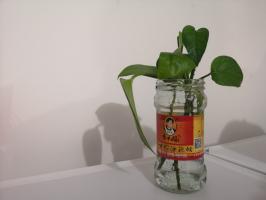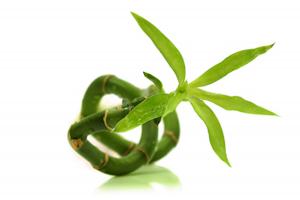When to Plant Persimmon Trees in Texas
Persimmon trees are native to the eastern and southeastern United States, and Texas is one of the many states where persimmons can thrive. If you want to grow persimmons in Texas, it's important to know when to plant them. The best time to plant persimmon trees in Texas depends on a few factors, including the variety of persimmon and the climate in your area.
Varieties of Persimmon Plants
Before you decide when to plant your persimmon tree, you need to know which variety of persimmon you want to grow. There are two main types of persimmons: astringent and non-astringent. Astringent persimmons are high in tannins and are very bitter until they are fully ripe. Non-astringent persimmons are less bitter and can be eaten before they are fully ripe. In Texas, the most popular variety of persimmon is the non-astringent Fuyu persimmon.
Texas Climate
The climate in Texas varies depending on which part of the state you're in. Texas is known for its hot summers and mild winters. However, some parts of the state can get very cold in the winter, particularly in West Texas. If you live in an area with mild winters, you can plant persimmon trees in the fall, winter, or early spring. If you live in an area with cold winters, it's best to plant your persimmon trees in the spring after the last frost.
Planting Persimmon Trees in Texas
To grow healthy persimmon trees in Texas, you need to plant them in the right location and use the proper planting techniques. Persimmon trees grow best in areas with full sun and well-draining soil. You should also make sure your persimmon tree has enough space to grow. Plant each tree at least 15 to 20 feet apart.
When planting your persimmon tree, dig a hole that is about twice the size of the root ball. Mix compost or other organic matter into the soil. Place the persimmon tree in the hole and backfill with soil, firming the soil as you go. Water the tree deeply after planting.
Caring for Persimmon Trees
Once your persimmon trees are planted, you need to care for them properly to ensure a healthy crop. Persimmon trees need regular watering, particularly during long dry spells. You should also fertilize your persimmon trees once or twice a year, using a balanced fertilizer that is high in nitrogen. Prune your persimmon trees in late winter or early spring to remove dead or damaged branches.
In conclusion, the best time to plant persimmon trees in Texas depends on the variety of persimmon and the climate in your area. If you live in an area with mild winters, you can plant persimmon trees in the fall, winter, or early spring. If you live in an area with cold winters, it's best to plant your persimmon trees in the spring after the last frost. With proper planting and care, you can enjoy a bountiful crop of persimmons from your Texas-grown trees for years to come.

 how many times do yo...
how many times do yo... how many planted tre...
how many planted tre... how many pine trees ...
how many pine trees ... how many pecan trees...
how many pecan trees... how many plants comp...
how many plants comp... how many plants can ...
how many plants can ... how many plants and ...
how many plants and ... how many pepper plan...
how many pepper plan...
































